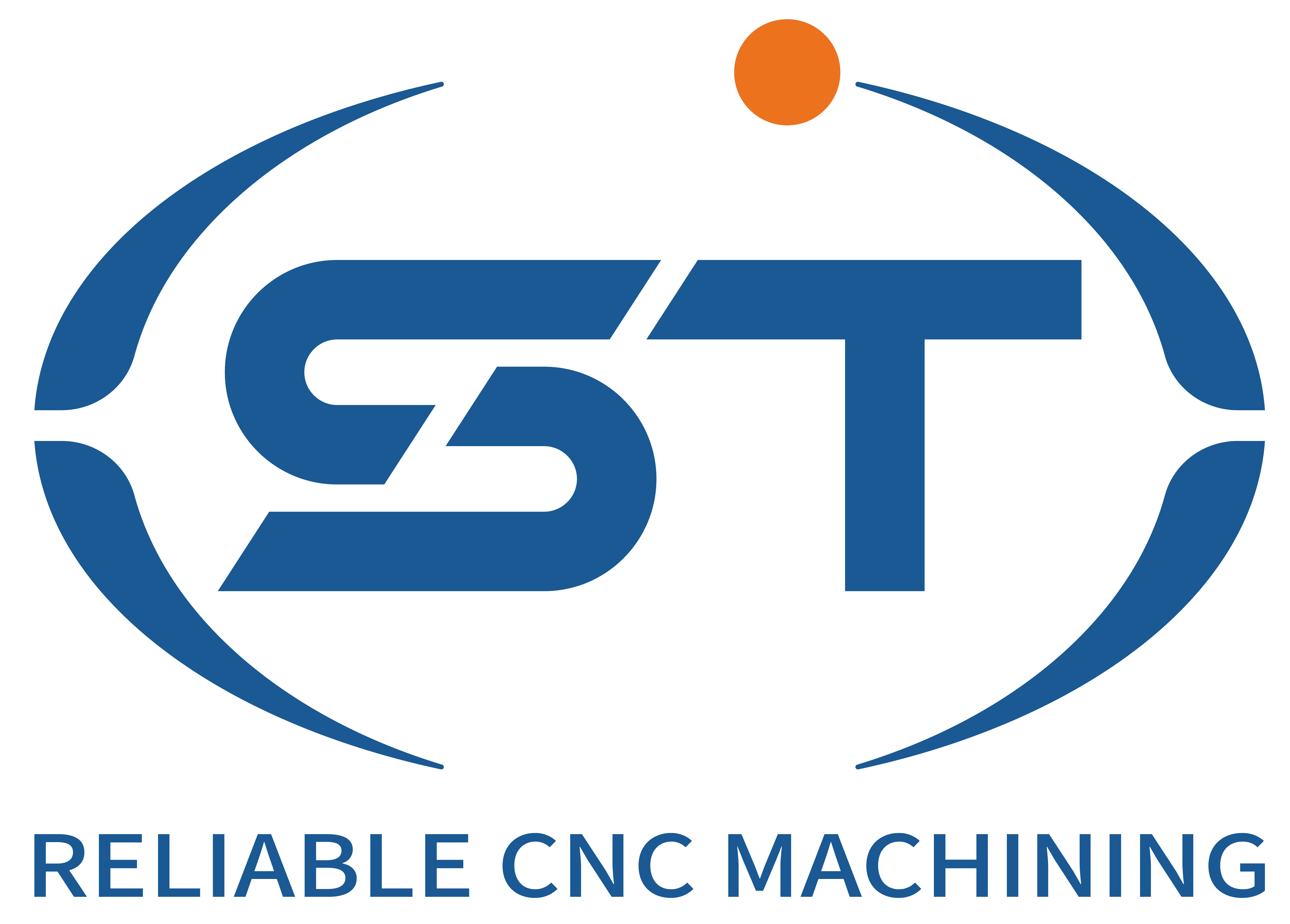The key points of the drilling process for Lavorazione CNC of automotive parts are as follows:
Workpiece clamping and positioning: Before drilling, it is essential to ensure that the workpiece is clamped flat and firmly, and that the clamping method does not cause deformation of the workpiece. When clamping, the machine tool table surface, fixture surface and workpiece reference surface must be wiped clean to ensure accurate positioning. For holes with smaller diameters, if the precision requirement is not high, they can be clamped with hand pliers. For larger diameter holes, flat pliers or pressure plates should be used for fixation to ensure that the surface of the workpiece is perpendicular to the main shaft of the drilling machine.
Preparations before drilling:
Marking and inspection: According to the requirements of the drawing, use tools to mark the center line of the hole position, and mark the inspection grid or inspection circle with the center line of the hole as the symmetrical center, which serves as the inspection line during the test drilling. After marking, a vernier caliper or a steel ruler should be used for measurement to ensure accuracy.
Sampling and punching: When checking the center of the square or circle, make sampling and punching to ensure that the punching is located at the intersection of the cross center lines, so as to accurately position the knife.
Test drilling: Before the formal drilling, a test drilling is required to check whether the drilling position is correct. During the test drilling, the cross edge of the drill bit should be aligned with the center of the hole to drill a shallow pit. Then, visually check if the position of the shallow pit is correct and make corrections.
Drilling operation
Select the appropriate drill bit: Choose the right drill bit based on the hole diameter and processing requirements, and grind it to ensure the accuracy of the top Angle, relief Angle, and cross edge slope Angle, as well as the symmetry of the lengths of the two main cutting edges.
Control the feed rate: When drilling, it is necessary to control the feed rate to prevent the drill bit from breaking or the hole axis from tilting. Especially when the drill bit is about to penetrate the workpiece, due to the significant reduction in axial resistance, the feed rate must be slowed down.
Pay attention to chip removal: When drilling small or deep holes, the drill bit should be frequently withdrawn to remove chips to prevent chip blockage, which may cause the drill bit to “seize” or break.
Cooling and lubrication: During the drilling process, coolant or cold air should be added to the cutting tool and workpiece to lower the cutting temperature, reduce the friction coefficient between the chip, workpiece and tool contact surfaces, and increase the service life of the drill bit.
Methods for improving drilling accuracy:
Grinding the drill bit: In addition to ensuring the accuracy of all angles of the ground drill bit, the cross-cutting edge and the main cutting edge should also be appropriately ground to facilitate centering and reduce the roughness of the small hole wall.
Accurate alignment: After the workpiece is clamped, alignment is required to ensure that the intersection point of the centerline of the drilling machine’s spindle and the cross line of the workpiece is aligned. The correction methods include static correction and dynamic correction, among which dynamic correction has relatively higher accuracy.
Careful inspection: After drilling, the hole diameter, hole depth and other dimensions need to be inspected to promptly identify and correct errors. For holes with high precision requirements, processing techniques such as drilling, reaming and tapping can be adopted.
Safe operation: During the drilling process, concentrate and make sure your hands are on the stop button to stop the machine immediately in case of any problem. Meanwhile, it is necessary to pay attention to observing the movement direction of the cutting tool to ensure safe tool entry.




